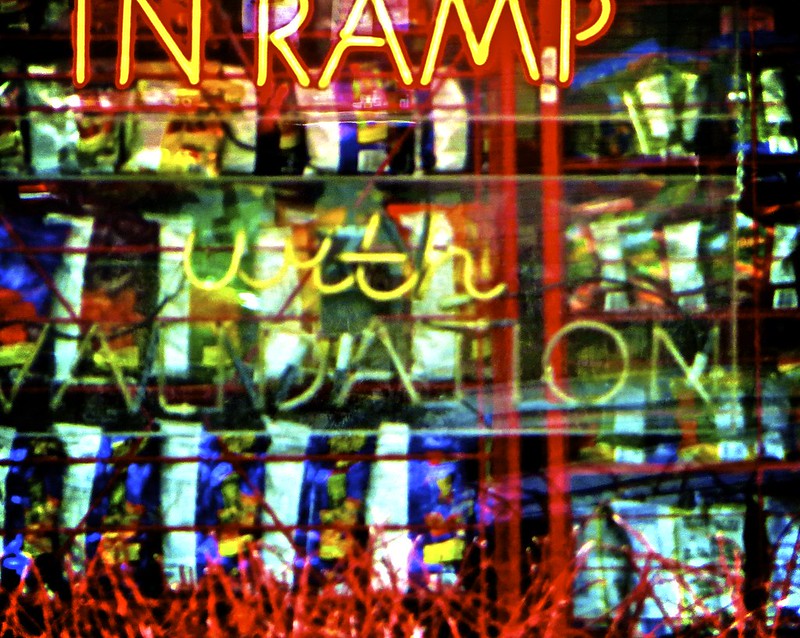Advocates in wheelchairs who flew to Washington, DC to press for disability civil rights in the 1970s rode to lobbying meetings in the back of a moving truck. There was no accessible public transit.[1] Brand new buses were not accessible. Even though people had designed wheelchair-accessible vehicles decades earlier, neither public nor private transit companies used them.[2]
The ADA (and a predecessor, Section 504 of the Rehabilitation Act of 1973) changed that.[3] The reasoning was simple: people cannot work, attend school, or live their lives if they can’t go anywhere. Detailed provisions spelled out accessibility requirements for subways, trains, buses, shuttle vans, taxis, and the like.[4]
Paratransit: A Required Alternative to Buses and Subways for People Who Need It
The ADA also required public transit services for people with disabilities who can’t use buses or trains: paratransit. If a city operates a fixed-route transit system (buses, subways, etc.), then it must provide “comparable” paratransit along those routes.[5] Access-A-Ride in New York City, The Ride in Boston, and Access in Los Angeles are all examples of paratransit programs mandated by the ADA.
Paratransit is not a substitute for making buses, subways, and other public transportation accessible. But it is an important alternative for people whose disabilities mean they can’t take accessible public transit. Too often, however, it is weighed down by bad service, unnecessary red tape, and decades-old technology. It’s time to realize the promise of the ADA and make public transit—and thus the ability to work, study, and live life—available to all.
Resources
- ADA National Network, The ADA & Accessible Ground Transportation
- United States Access Board, Guidelines and Standards, Transportation
[1] Shown in the film Crip Camp (at 1:20).
[2] See Dora Zames Fleischer and Frieda James, The Disability Rights Movement 56-57 (Updated Ed. 2011)
[3] 42 U.S.C. § 12143; 29 U.S.C § 794.
[4] 42 U.S.C. §§ 12141-65, 121284.
[5] 42 U.S.C. § 12143(a).

